Harry Bryan, a boatbuilder and designer from New Brunswick, Canada, designed the Fiddlehead, a 10 1⁄2' double-paddle canoe, in 1992 after his sister-in-law introduced him to her Wee Lassie. The Wee Lassie is a small double-paddle canoe designed by J. Henry Rushton around 1893. Bryan had always rowed small boats, rather than paddled them. He had “never faced forward in a boat,” because rowing requires that one face aft, looking at where he’s been rather than where he’s going. This paddling business was something of an epiphany for Harry Bryan, and his fertile mind was inspired to adapt the Wee Lassie to his preferred construction techniques. We’ll come to those in a moment. First, a word about the Wee Lassie.J. Henry Rushton was a great designer and builder of boats and canoes one hundred years ago. He conceived the Wee Lassie to be an easily portaged solo canoe—a boat that could cross a lake and then be hoisted onto a shoulder and carried through the woods. Its popularity today continues to increase; it allows a paddler to get into thin, otherwise inaccessible waters and see wonderful things from a rare vantage point. Bryan is not the only builder to have taken inspiration from this design. Henry “Mac” McCarthy, formerly an instructor at WoodenBoat School, has coached uncounted builders through the construction of these boats to his own adaptation, which uses strip planks and epoxy. With the Fiddlehead, Bryan took things in a different direction. Inspired by a 100-year-old solo canoe design, Harry Bryan conceived Fiddlehead for “dory style” construction. While the boat is meant for one person, a passenger of appropriate size can be allowed.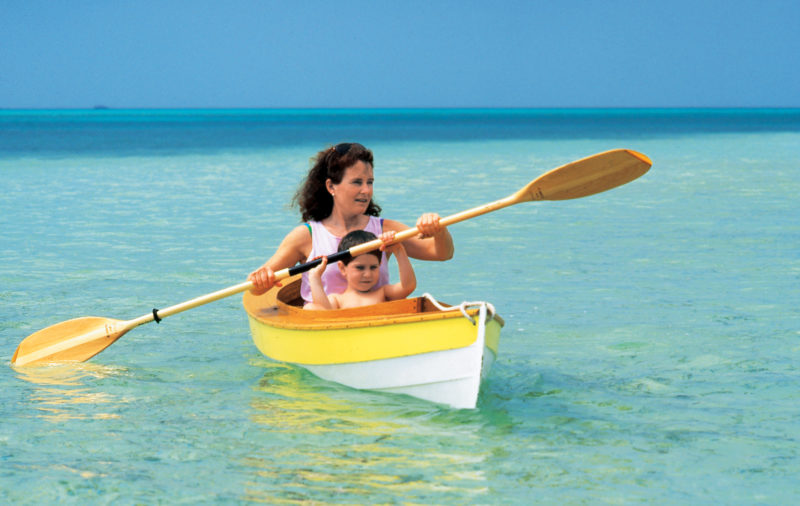 Photo by Benjamin Mendlowitz
Photo by Benjamin Mendlowitz
Join The Conversation
We welcome your comments about this article. If you’d like to include a photo or a video with your comment, please email the file or link.

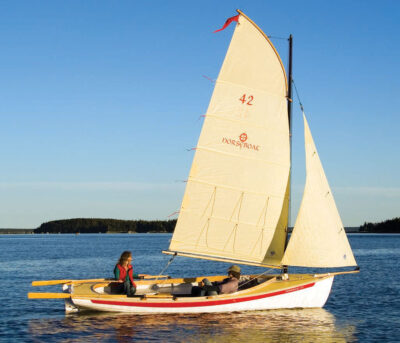
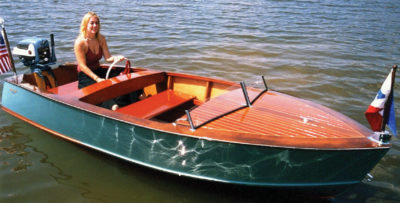
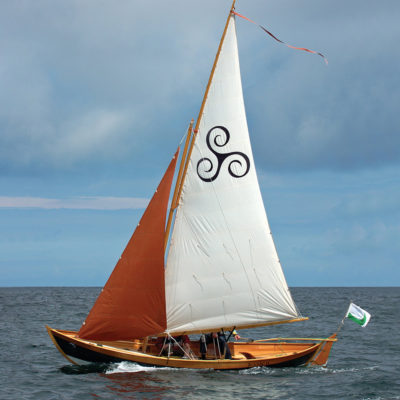
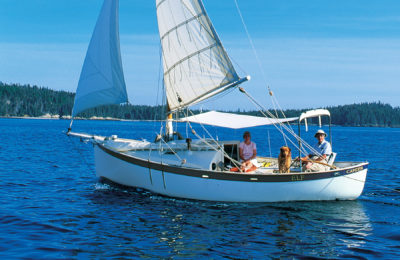
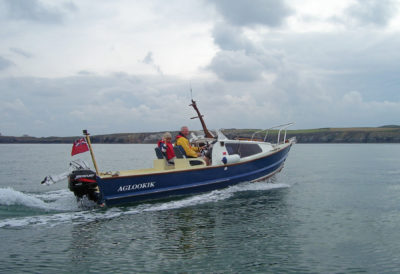
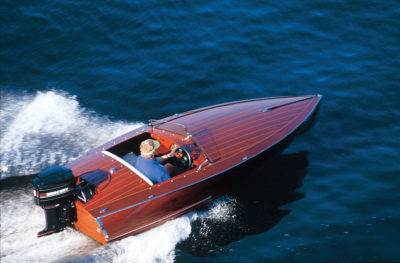
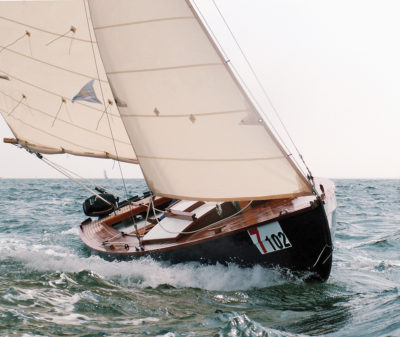
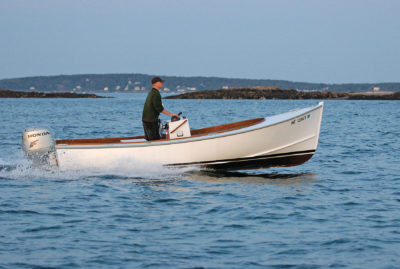
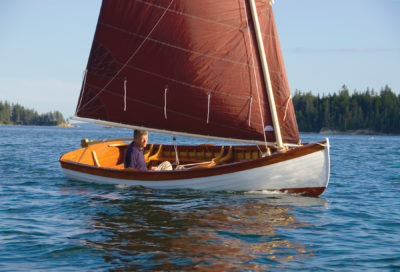
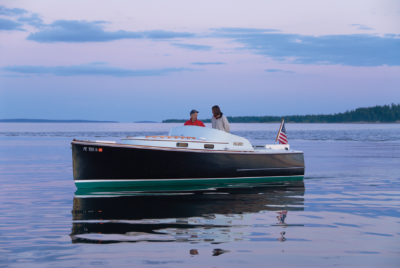
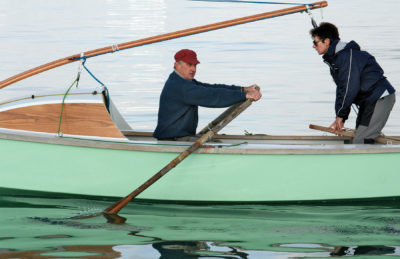
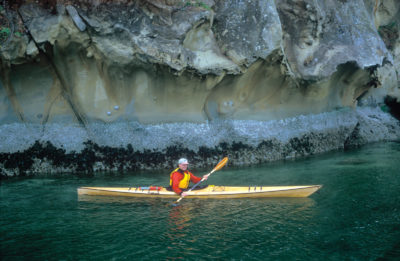
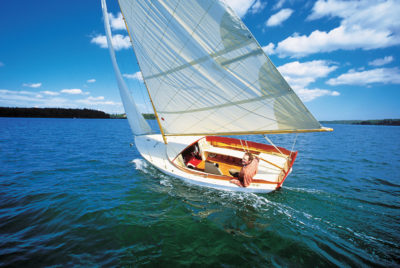
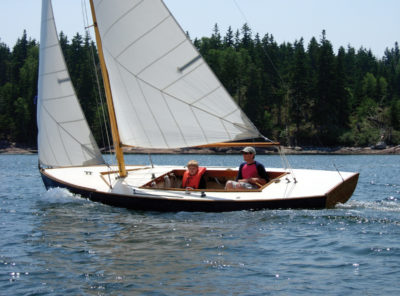
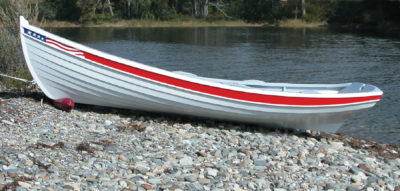
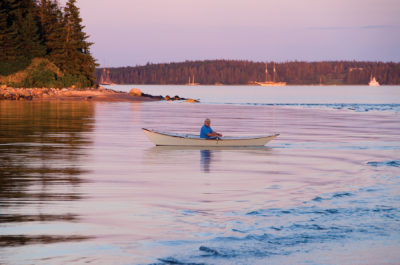

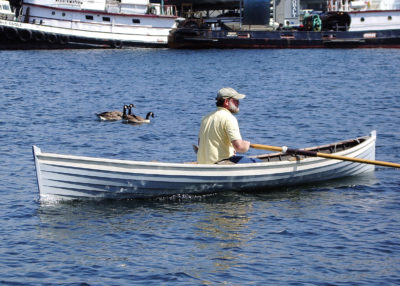
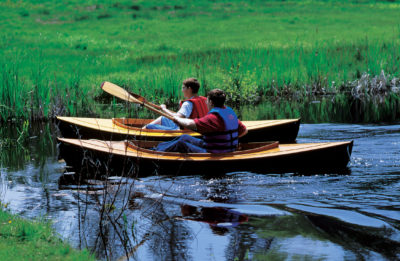
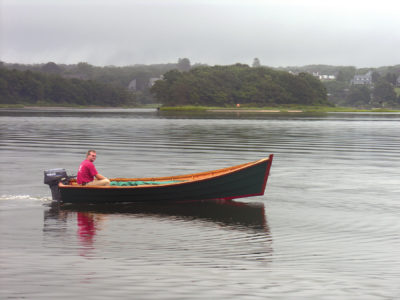
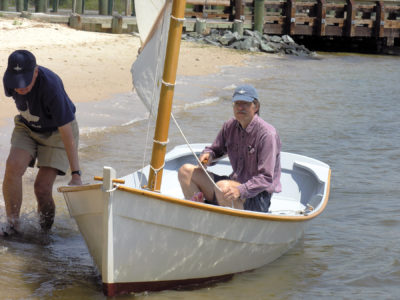
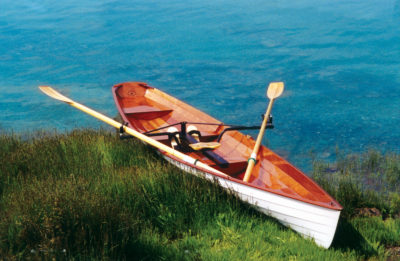
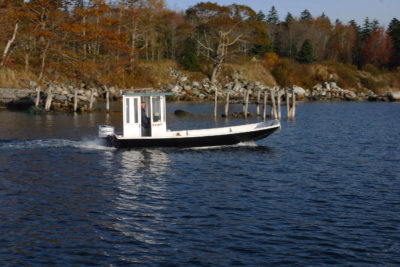
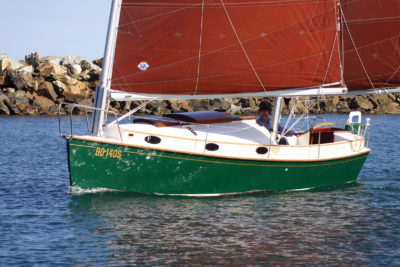
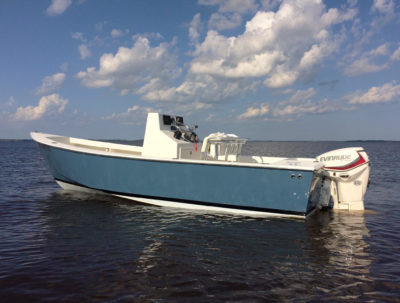

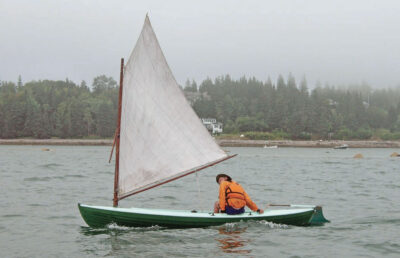

It is a very cool boat for messing about. I have it on my list of boats to build.
Truly beautiful lines on the Fiddlehead. Would have loved to see some video of the boat in action. But lovely photos nonetheless. Thank you for the terrific article!